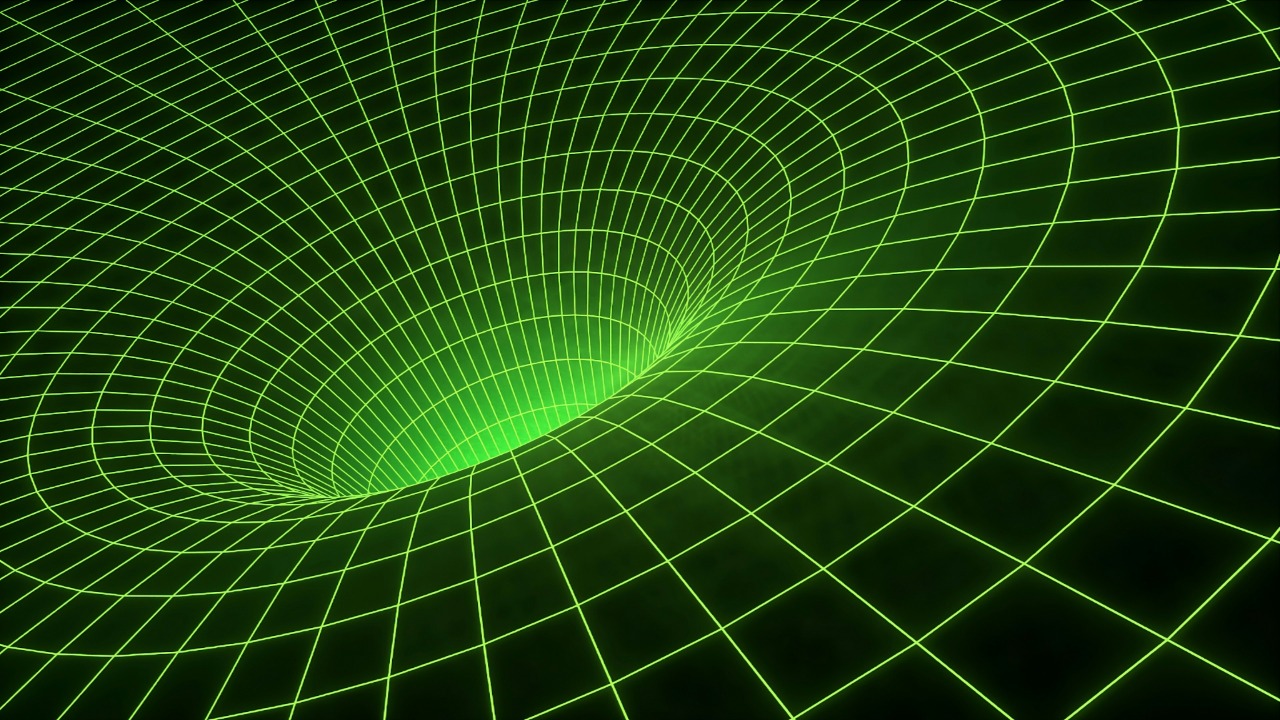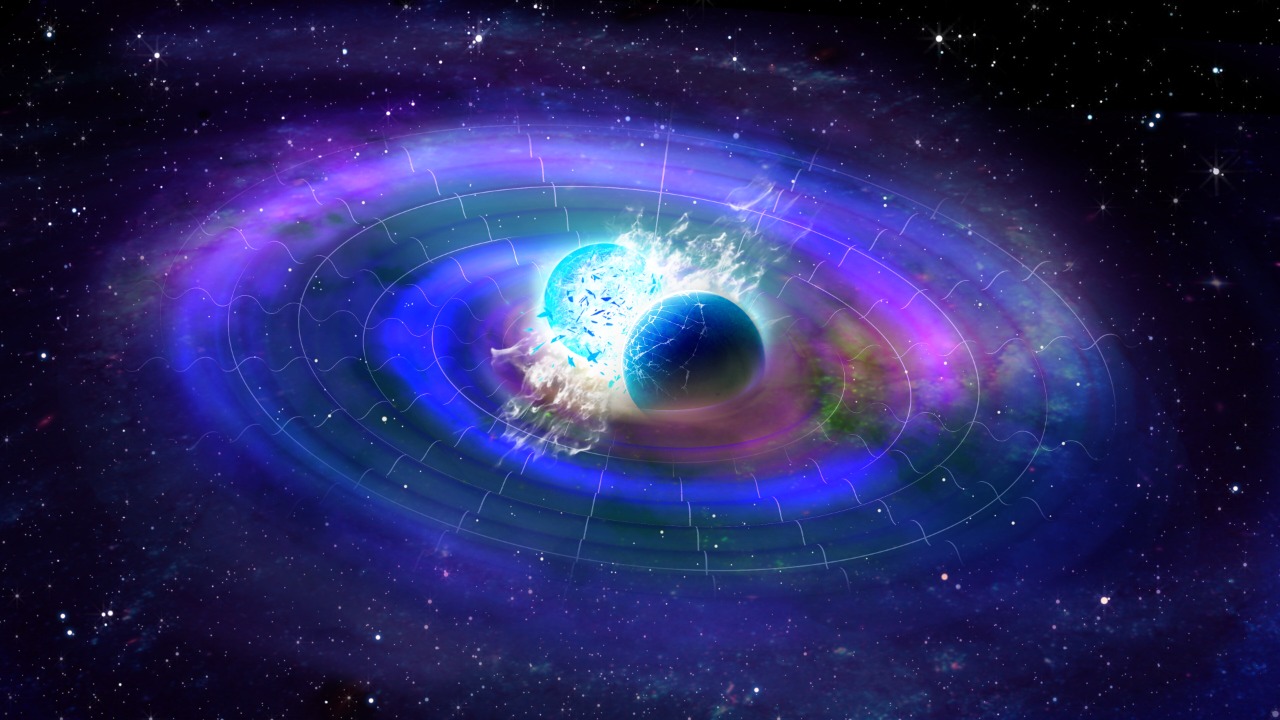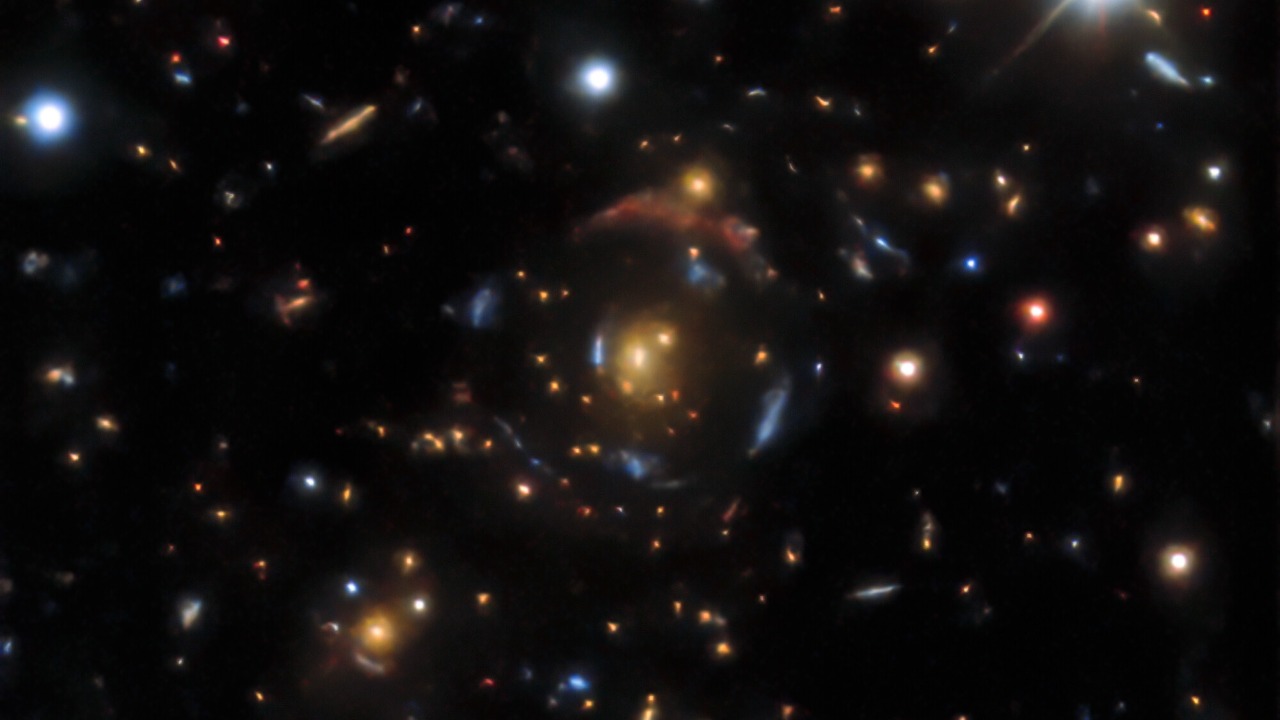
Recent discoveries suggest the tantalizing possibility of dimensions beyond the familiar three-dimensional space and time. Scientists have been exploring theories and experiments that propose additional dimensions, their implications, and the future of this groundbreaking research. This exploration could profoundly change our understanding of the universe.
Theoretical Foundations of Extra Dimensions

Throughout history, the concept of additional dimensions has intrigued scientists and philosophers alike. Early theories often speculated about unseen dimensions without concrete evidence to support their existence. The advent of modern physics brought a more structured approach, with mathematical models providing a framework for understanding how these dimensions might manifest.
One of the most prominent theories supporting extra dimensions is string theory. This theory suggests that the fundamental particles we observe are not point-like, but rather, tiny vibrating strings. These strings vibrate in multiple dimensions, some of which we cannot directly perceive. By incorporating extra dimensions, string theory aims to unify all fundamental forces of nature, potentially bridging the gap between quantum mechanics and general relativity.
Quantum mechanics also provides intriguing hints at the existence of extra dimensions. The behavior of subatomic particles often defies our classical understanding, suggesting that they may operate within a framework of dimensions beyond our perception. This has led scientists to hypothesize that particles could be interacting with these hidden dimensions, which might explain some of the peculiarities observed in quantum experiments.
Recent Discoveries and Evidence

In recent years, experimental research from institutions such as CERN has provided potential evidence for extra dimensions. By examining high-energy collisions in particle accelerators, scientists have observed anomalies that could indicate the presence of additional spatial dimensions. These findings, although not yet conclusive, offer tantalizing possibilities for further exploration.
Gravitational research has also played a crucial role in the search for extra dimensions. Gravitons, hypothetical particles that mediate the force of gravity, could provide clues to hidden dimensions if they behave differently than other fundamental particles. Additionally, the study of gravitational waves has opened new avenues for understanding the universe’s structure. Some scientists speculate that ripples in spacetime may provide indirect evidence of extra dimensions.
Notable experiments, such as those involving black holes and high-energy particle interactions, have contributed significantly to our understanding of potential dimensions. These experiments aim to detect signatures that would be consistent with the existence of additional dimensions, thereby providing a more comprehensive picture of the universe’s architecture.
Implications for Physics and Cosmology

The potential discovery of new dimensions could necessitate a revision of the laws of physics as we know them. Our current understanding of the universe is largely based on four-dimensional spacetime, but additional dimensions could alter fundamental principles such as gravity, electromagnetism, and the nuclear forces. This new understanding could lead to groundbreaking insights into the nature of the universe.
Extra dimensions also open up intriguing possibilities regarding black holes and wormholes. Theoretical models suggest that these cosmic phenomena could behave differently if additional dimensions are taken into account. For instance, wormholes might serve as shortcuts through spacetime, potentially allowing for travel across vast cosmic distances.
The evolution of the universe, from the Big Bang to cosmic inflation, might also be impacted by the presence of extra dimensions. These dimensions could play a role in the initial conditions and subsequent development of the universe, offering new explanations for phenomena that current models struggle to account for.
Technological and Practical Applications

Understanding and harnessing extra dimensions could lead to significant advancements in technology. Innovations driven by this knowledge might revolutionize fields such as computing, energy generation, and materials science. By tapping into these dimensions, we could develop technologies that transcend the limitations of our current three-dimensional world.
Space exploration could also benefit from the discovery of extra dimensions. If wormholes or other shortcuts through spacetime are feasible, they could provide new means of traveling beyond our galaxy. This would not only enhance our ability to explore the cosmos but also open up possibilities for colonization and resource acquisition on distant worlds.
On a more immediate level, the understanding of extra dimensions could have practical effects on future technologies and our daily lives. From faster communication networks to more efficient transportation systems, the potential applications are vast and varied, promising to reshape society in ways we can only begin to imagine.
Future Directions in Research

The quest for understanding extra dimensions is far from over. Upcoming experiments are being planned to further explore this fascinating frontier. These initiatives aim to gather more data, refine existing theories, and potentially provide the evidence needed to confirm the existence of extra dimensions.
Interdisciplinary collaboration will be crucial in this endeavor. By bringing together experts from various scientific fields, researchers can leverage a diverse range of knowledge and techniques to tackle the complex challenges posed by extra dimensions. This collaborative approach is essential for overcoming the technical and theoretical hurdles that currently stand in the way.
Challenges and controversies are inevitable in the study of extra dimensions. Debates surrounding the validity of certain theories, the interpretation of experimental data, and the implications of potential discoveries will continue to shape the research landscape. However, these discussions are a vital part of the scientific process, driving progress and innovation in the quest to unravel the mysteries of the universe.